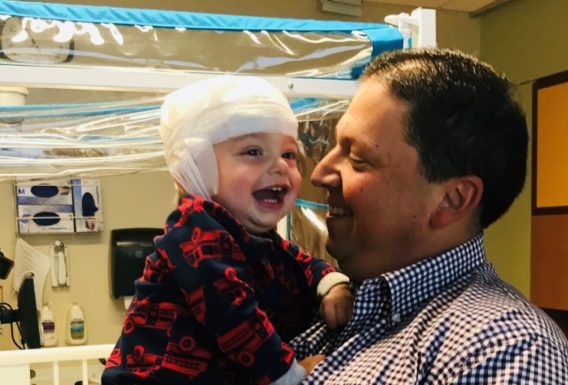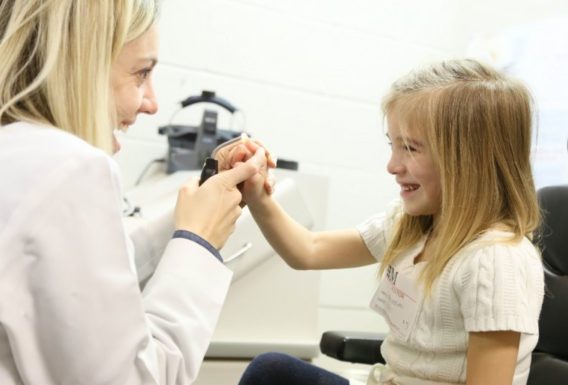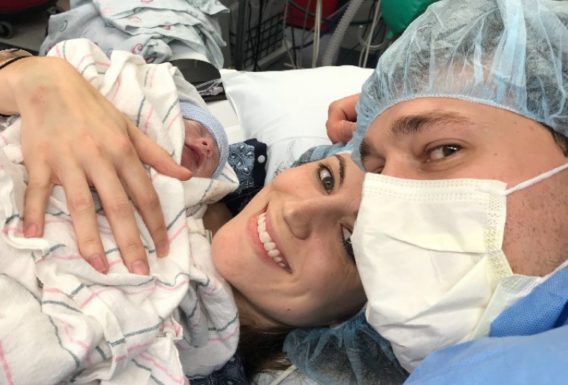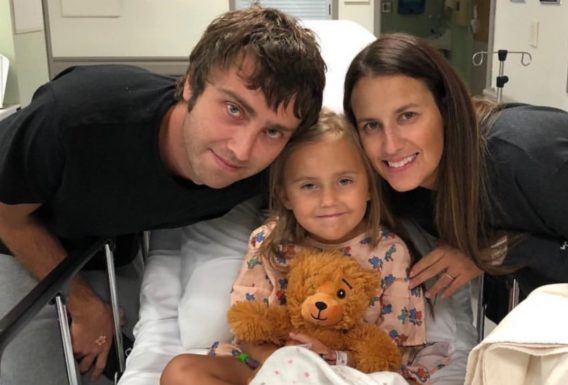ER visits, long-term medical care, and healthcare expenses can wipe out your bank accounts and leave behind debt that lasts for years. Medical crowdfunding is a powerful tool that can help people conquer medical bankruptcy and focus on healing.
Using GoFundMe for medical expenses can help pay for prescriptions and doctors’ visits, as well as procedures not typically covered by insurance, like IVF treatments or gender confirmation surgery.
You can also do a fundraiser for a loved one to cover medical costs like cancer treatment, hospital bills, co-pays, home healthcare, medical research, and physical therapy equipment.
Below, we’ve gathered some of our top tips to help boost your fundraising campaign and cover healthcare costs.










